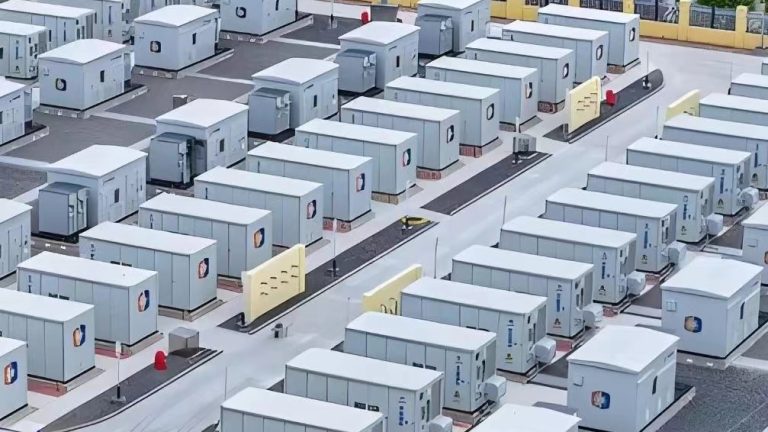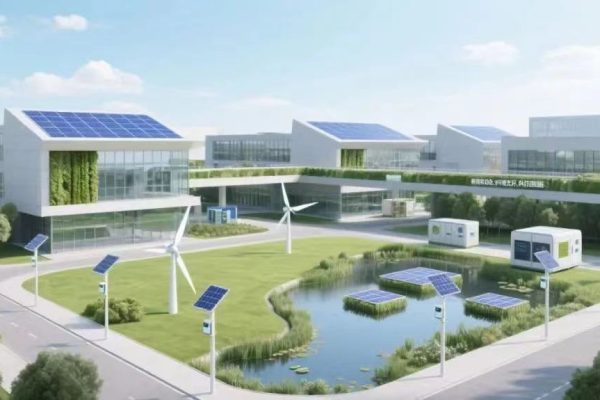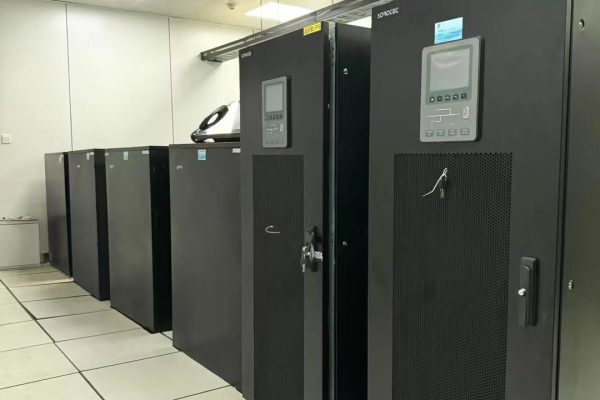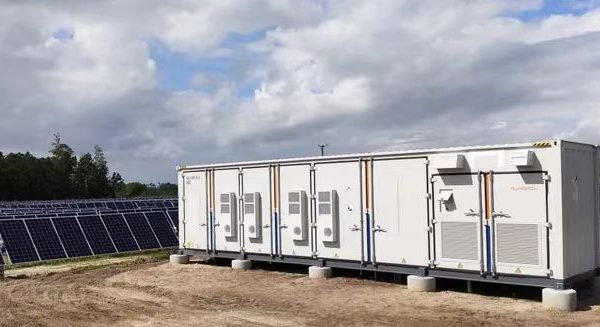Avoiding Costly Pitfalls in Medium-Scale ESS Projects
As the global energy storage market expands, more small and medium-sized EPCs and system integrators are starting to build and ship storage systems above 50kWh — whether for commercial lighting, factory backup, or PV self-consumption. However, the jump from 10kWh home batteries to 50kWh+ projects often brings unexpected complexity, and design mistakes can lead to costly delays, system failure, or customer complaints.
This article outlines the most common design mistakes in 50kWh+ systems, with practical recommendations for integrators and export partners. Whether you’re configuring a system for overseas delivery or installing it on-site, avoiding these pitfalls can save time and protect your brand reputation.
✅ Why Is 50kWh a Critical Threshold?
At around 50kWh, energy storage systems typically shift from single-unit residential setups to more modular, commercial-grade deployments. This brings new challenges:
- Battery bank scaling (series-parallel architecture)
- Complex BMS and EMS communication
- Advanced AC/DC protection and grounding
- Rack installation, space planning, ventilation
- Logistics and commissioning procedures
In short: you’re not selling a product anymore — you’re delivering a full system.
❌ Mistake #1: Improper Battery Configuration or Over-Parallel Connection
Symptoms:
- One pack overheats or drains faster
- SOC (State of Charge) mismatch across packs
- BMS faults or unexpected shutdowns
Common Causes:
- Directly paralleling batteries without voltage equalization
- Using mixed batches or aging battery packs
- Exceeding the manufacturer’s parallel connection limit
Best Practices:
- Follow manufacturer guidelines strictly (e.g., 3–8 packs max in parallel)
- Use voltage equalizers or perform pre-charging before parallel connection
- Avoid mixing brands or models in the same bank
❌ Mistake #2: Incompatible Inverter and BMS Protocol
Symptoms:
- SOC not displayed or stuck at 0%
- Battery shuts down even with charge remaining
- Inverter fails to recognize connected batteries
Common Causes:
- Inverter does not support specific BMS protocols
- RS485/CAN firmware not updated
- Manual “voltage-control” mode used instead of active BMS communication
Best Practices:
- Confirm protocol compatibility before purchase (e.g., Pylontech, Hithium, REPT)
- Double-check firmware and PIN mapping for CAN/RS485
- Use verified brands with open protocol support when possible
❌ Mistake #3: Incorrect Grounding and AC Neutral Strategy
Symptoms:
- Frequent RCD/RCBO tripping
- Inconsistent output voltage
- Regulatory rejection in target country
Common Causes:
- Floating vs. solid grounding not clearly defined
- Neutral improperly connected or left floating
- Incompatible TN/TT grounding system for the region
Best Practices:
- Involve certified electricians in system design
- Clarify if system is off-grid or grid-tied — grounding rules differ greatly
- Exporting to markets like Australia, EU? Ensure grounding meets national code
❌ Mistake #4: Using Consumer-Grade Components in a Commercial System
Symptoms:
- WiFi monitoring frequently drops
- Overheating distribution boxes or melted cables
- Frequent maintenance calls and poor long-term reliability
Common Causes:
- Use of residential-grade circuit breakers and junction boxes
- Inadequate EMI shielding in communication lines
- Use of basic USB/WiFi instead of industrial Ethernet or RS485
Best Practices:
- Use DIN-rail mounted industrial breakers and SPDs
- Prioritize RS485 or CANbus over WiFi
- Shield communication wiring and separate power/data cables in layout
❌ Mistake #5: Poor Thermal Design and Space Planning
Symptoms:
- Battery overheat warnings or BMS shutdown
- Inverter derating (lower power output in hot conditions)
- Loud fans or buzzing during peak operation
Common Causes:
- No airflow between battery modules
- Overly sealed battery racks with poor ventilation
- System installed in hot garages or tight enclosures
Best Practices:
- Leave ≥10cm spacing between modules
- Use vented or actively cooled battery racks
- For hot climates (Africa, Middle East), consider A/C for equipment rooms
❌ Mistake #6: Skipping Commissioning and Final Testing
Symptoms:
- End customer unable to operate system after delivery
- Inverter and BMS settings inconsistent
- No way to provide remote support
Common Causes:
- No formal commissioning checklist
- Installation team lacks product-specific training
- Missing startup documentation (default passwords, parameters, layout)
Best Practices:
- Pre-program and test each system before shipping
- Offer a quick-start PDF or video tutorial
- Ask clients to share screen photos and wiring diagrams during support calls
A 50kWh System Is Not a Product — It’s a Project
At 50kWh and beyond, you’re no longer just selling hardware. You are engineering a solution — one that combines batteries, inverters, protection, communication, and human workflows. The key is to treat every system as a packaged project, not a product.
✅ To deliver reliably, focus on:
- Design: match components, validate communication
- Protection: industrial wiring and grounding
- Commissioning: test before delivery, document everything









